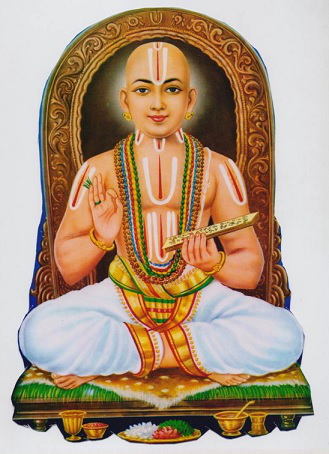Sthotrams

Meaning of Stotra
The word stotra is used in two senses:
- The Vedic
- The paurāṇic
ignificance oof Stotras
The Vedic stotra is composed of verses taken mainly from the Rgveda. These verses are chanted as per the rules of intonation, especially those of the Sāmaveda. A stotra always precedes a śastra. It may be in any one of the innumerable melodies,and stobhas are added at appropriate places.
Chanting of Stotra
All stotras are chanted or sung by the udgātṛ and his assistants, prastotṛ and pratihartṛ. In Somayāgas, the stotras are spread over all the three savanas. According to the purāṇas and devotional literature, a stotra is a hymn of the outpourings of the heart of a devotee of God. Stava, stuti and nati are the equivalents for the word stotra. Though they may be in any language, either in prose or in poetry, only the Sanskrit hymnal literature will be considered here. They are legion.
Content of Strotra
The subject matter of these stotras ranges from the sublime heights of philosophy or mystical experiences, to the petitioning for the small comforts of life here and now.
A few of these are mentioned here:
- Description of the form of God or a deity seen in a vision
- Request for pardon of sins committed knowingly or unknowingly
- Prayer for the removal of problems and difficulties and request for the grant of the good things of life
- Desire for obtaining devotion, knowledge and detachment that help one in spiritual life
- Spontaneous outburst of emotion after deep spiritual experience and so on.
Types of Strotras
Stotras containing 108 names, 300 names or 1008 names of a deity are also commonly met with. They are used mostly in ritual chanting or ceremonial worship. Another type called as Suprabhāta-stotras are also quite common and popular. Tradition prescribes that these stotras can be chanted after meditation or worship.
I am conducting classes for Stotrams | Those who are interested please Contact me






